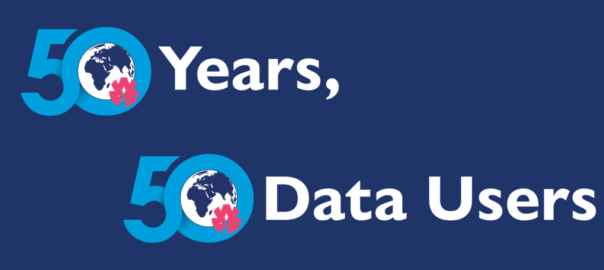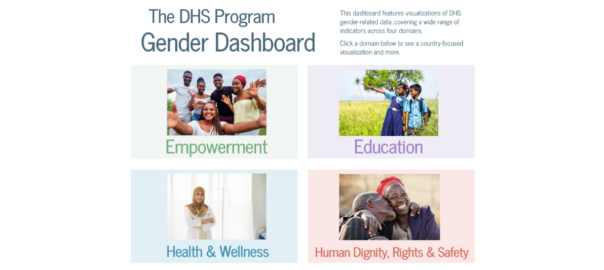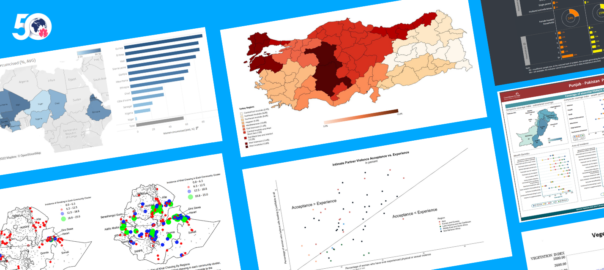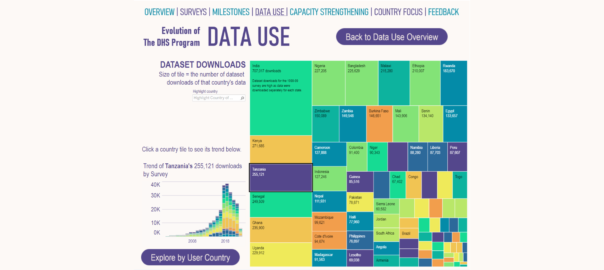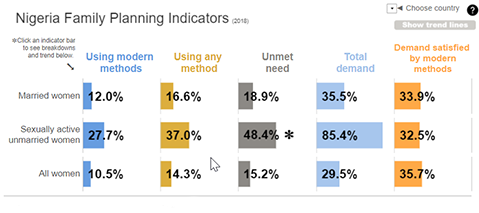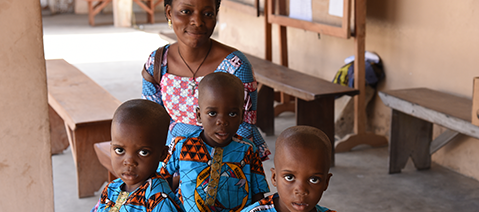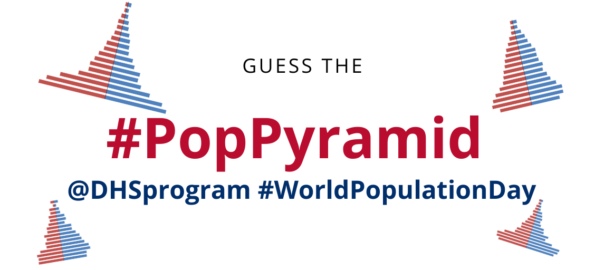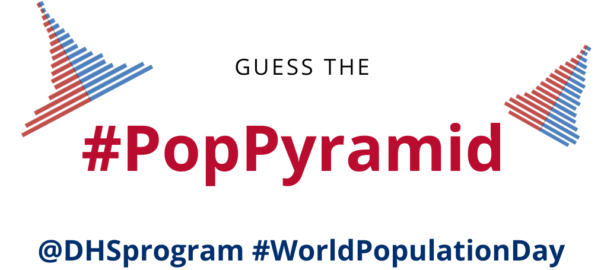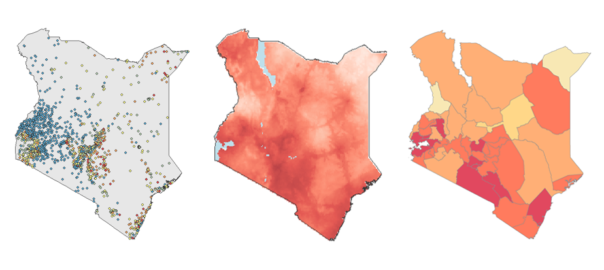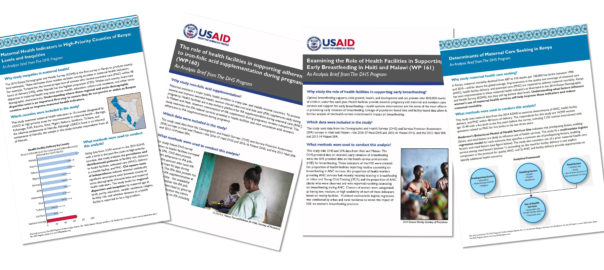50 Years, 50 Data Users: DHS Data Drive a Healthier Future for All
Throughout 2022, The DHS Program has celebrated USAID’s 50-year commitment to high-quality data collection, evidence-based decision making, and local country ownership of health and demographic information, first through the World Fertility Survey (WFS), 1972-1984, and since 1984 through The DHS Program. WFS and DHS data are being used around the world by analysts, program managers, […]


